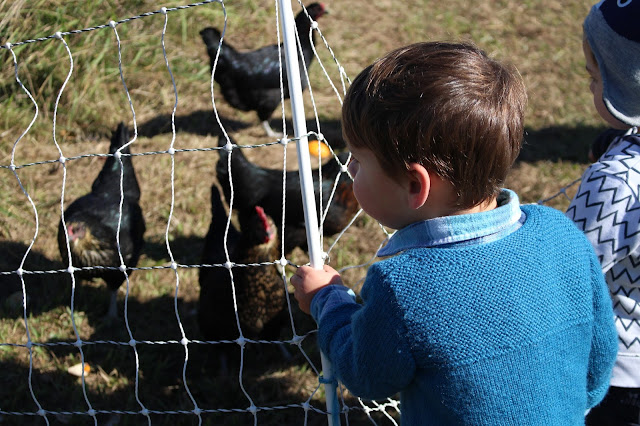But it's redesign was long overdue. It was on the southern side of the garden and surrounded by trees. The sun just couldn't get a look in during winter and in summer the tress sucked the water out of the soil leaving the poor vegies dry. I just couldn't keep the water up to them.
So today the backyard food forest began. First we needed to get rid of some large unproductive shrubs and dig up all the bricks. They'll be used elsewhere on the farm.Our intern diligently removed the bricks and stacked them. It took us most of the day to chop down the shrubs and dig out the roots.
I was truly amazed at the quality of the soil. When I planted 20 years ago the backyard was very heavy clay but now it's a lovely friable soil. I'm sure the fruit tress we have in mind will love the rich soil. This area was also waterlogged during heavy rain but it now has very good drainage. The rest of the farm is very wet and we are sloshing around in our gum boots but here it's not too bad.
I unearthed some Elders so I've potted them up to plant around the various food forests we have on the farm.
Now that we've got the area opened up we can do a little design for the area. Our intern will be included in helping us with the design as part of her scheduled learning.We have some stone fruit on order and to support them we'll plant some nitrogen fixers. There will be some herbs for understory, some groundcovers including nasturtiums and pepinos and once established we'll look to add some climbers.
We'll let the chickens in to clean up a little. They'll be housed in the chicken run at the bottom of the garden and will have access to the forest at times during the year.





















































